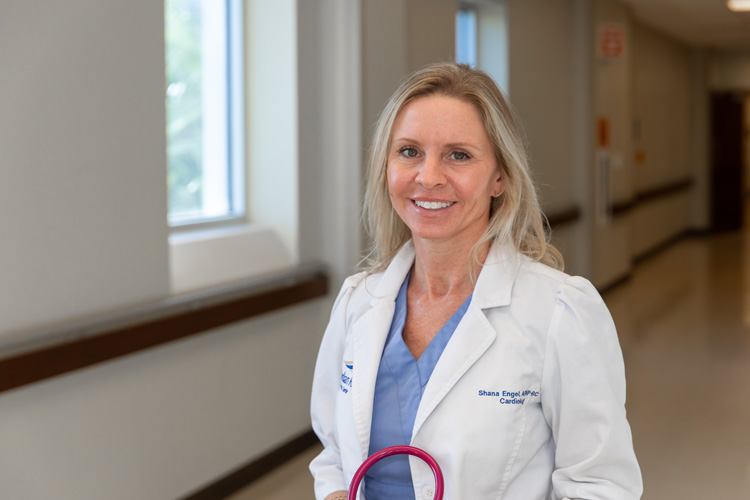
If you are one of those who look down your nose at the thought of being treated by an “advanced practice provider” – the generic term for a physician assistant (PA) or a nurse practitioner (NP) – instead of a physician, you might be surprised to know that many medical heavyweights think your attitude is mistaken.
“The differences in quality of care between non-physicians [PAs and NPs] and doctors does not favor any one practitioner type over the others,” according to a study by the Department of Epidemiology at Johns Hopkins’ Bloomberg School of Public Health published by the National Institutes of Health.
In other words, the care delivered by advanced practice NPs and PAs, in the eyes of Hopkins, NIH and others in the medical community, is every bit as good as the care provided by most physicians.
So how do doctors feel about PAs and NPs?
While the heaviest of medical heavyweights, the American Medical Association (AMA), is somewhat tepid about embracing what some of its members view as potential competition, it appears that the bulk of the medical community actively embraces these advanced practice professionals.
Dr. Rick Rothman, chair of hospital medicine at Cleveland Clinic Indian River Hospital, says “advanced practice providers increase access to healthcare for patients in both outpatient and inpatient settings. They serve as an extension of the traditional physician model; I believe highly-trained advanced practice registered nurses and physician assistants are truly the future of medicine.”
The New England Journal of Medicine expresses a similar view.
It says “a large and growing body of research demonstrates that care delivered by NPs and PAs is at least as high quality as that delivered by physicians,” and it also points out that “a growing share of today’s healthcare services are being provided by NPs and PAs.”
That trend is only going to increase, according to the prestigious journal: “Roughly two-thirds – some 67.3 percent – of all medical practitioners added to the workforce between now and 2030 will be PAs or NPs.”
The Journal of Urgent Care Medicine echoes that prediction: “Physician assistants and nurse practitioners already play an integral role in urgent care medicine and are taking on more and more responsibility in many other settings.”
Shana Engle, one of 30 advance care nurse practitioners at Cleveland Clinic Indian River Hospital, is part of the trend.
“To be a nurse practitioner, you have to have a Bachelor’s of Science degree in nursing and then it’s either a master’s or doctoral program for advanced certification,” says Engle, who works in the cardiology department.
“I have a total of seven years of [nursing] education,” she continues. “You do your general associate degree with all the requirements for your bachelor’s in nursing. And then I did a three-year graduate acute care nurse practitioner program.
“I love working collaboratively with all the physicians in our practice,” Engle says. “They are all fellowship-trained in cardiology, so I’m learning from them, too. I feel like it’s a good partnership.”
Physician assistant programs, meanwhile, were started in the 1960s as a way to better utilize the training and wartime experiences of Vietnam-era army combat medics and Navy independent duty corpsmen. The designation started out as a bachelor’s degree-level program but now requires a master’s degree.
There are currently 14 PAs employed at Cleveland Clinic Indian River.
PA programs originally were founded and formulated by physicians, so today’s PAs are trained in schools that also train physicians. Given the scope of that training, there are no accredited online PA programs.
The training is neither quick nor easy and the curriculum is massive. It takes two to three years to complete and includes 2,000-3,000 clinically focused hours in the second half of the program and covers general medicine, surgery, pediatrics, ob/gyn, emergency medicine, outpatient medicine, psychiatry and various clinical electives.
Once certified, PAs – like their NP counterparts – can perform physical exams, diagnose illnesses, develop treatment strategies, counsel patients on preventative health, perform various medical procedures, assist in surgeries and, in most states, write prescriptions.
And, with medical costs for patients continuing to rise, the Journal of Hospital Medicine points out “advanced practice providers, including nurse practitioners and physician assistants, are cost-effective substitutes for physicians, with similar outcomes in both primary care and surgery.”
So, if you are someone who has looked down your nose at the prospect of being treated by a NP or a PA instead of a physician, you might want to re-think that stance.



